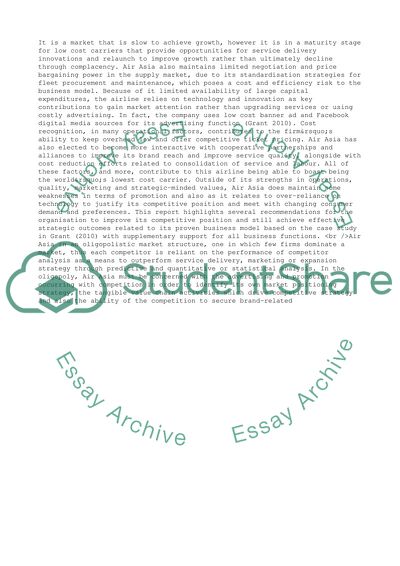Cite this document
(“Management report: Air Asia Essay Example | Topics and Well Written Essays - 3500 words”, n.d.)
Management report: Air Asia Essay Example | Topics and Well Written Essays - 3500 words. Retrieved from https://studentshare.org/management/1400751-management-report
Management report: Air Asia Essay Example | Topics and Well Written Essays - 3500 words. Retrieved from https://studentshare.org/management/1400751-management-report
(Management Report: Air Asia Essay Example | Topics and Well Written Essays - 3500 Words)
Management Report: Air Asia Essay Example | Topics and Well Written Essays - 3500 Words. https://studentshare.org/management/1400751-management-report.
Management Report: Air Asia Essay Example | Topics and Well Written Essays - 3500 Words. https://studentshare.org/management/1400751-management-report.
“Management Report: Air Asia Essay Example | Topics and Well Written Essays - 3500 Words”, n.d. https://studentshare.org/management/1400751-management-report.


